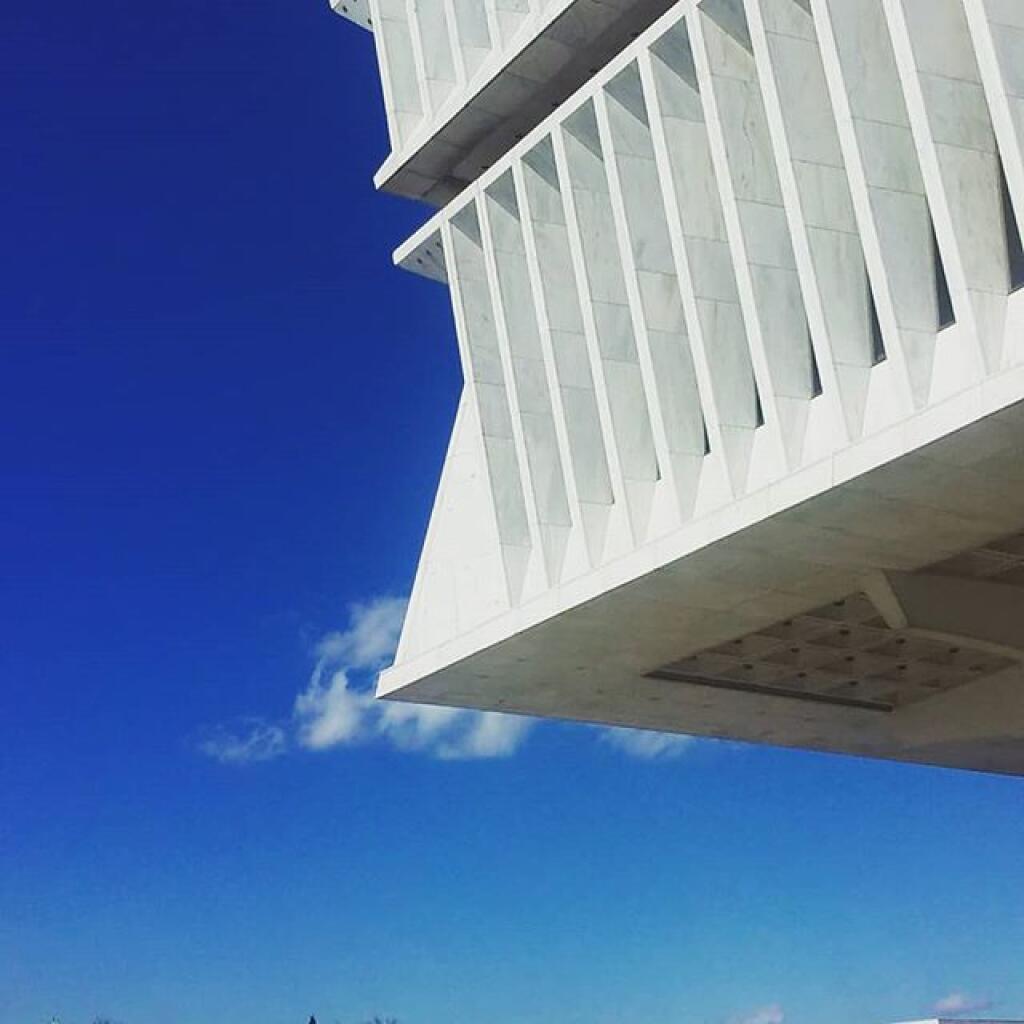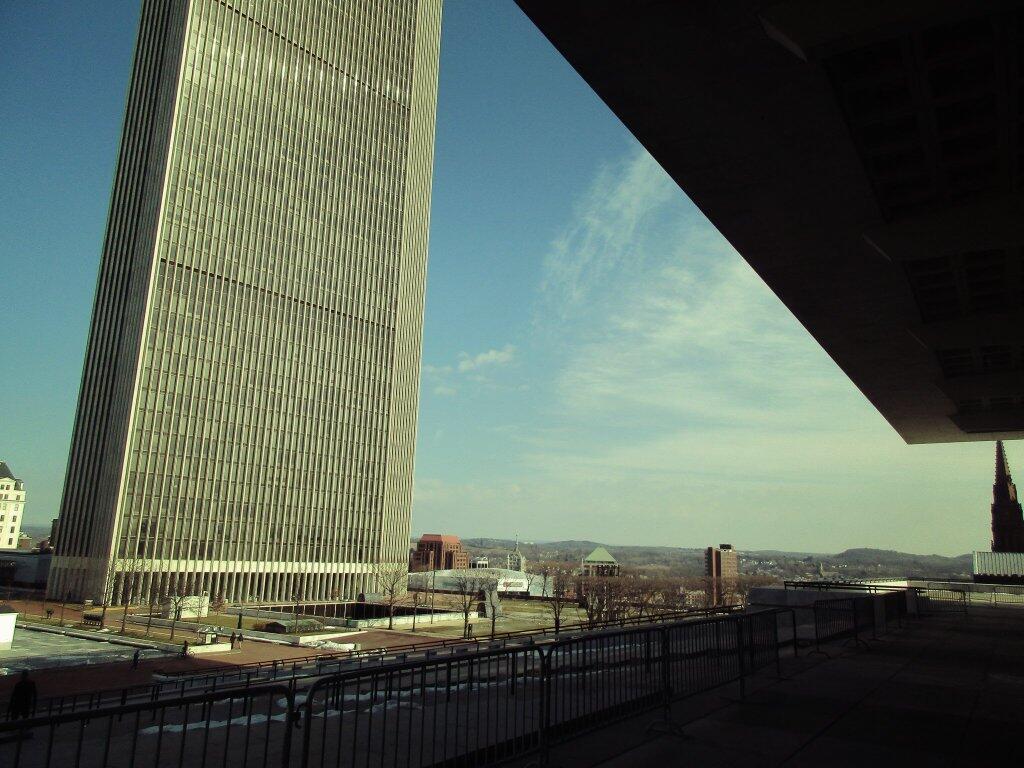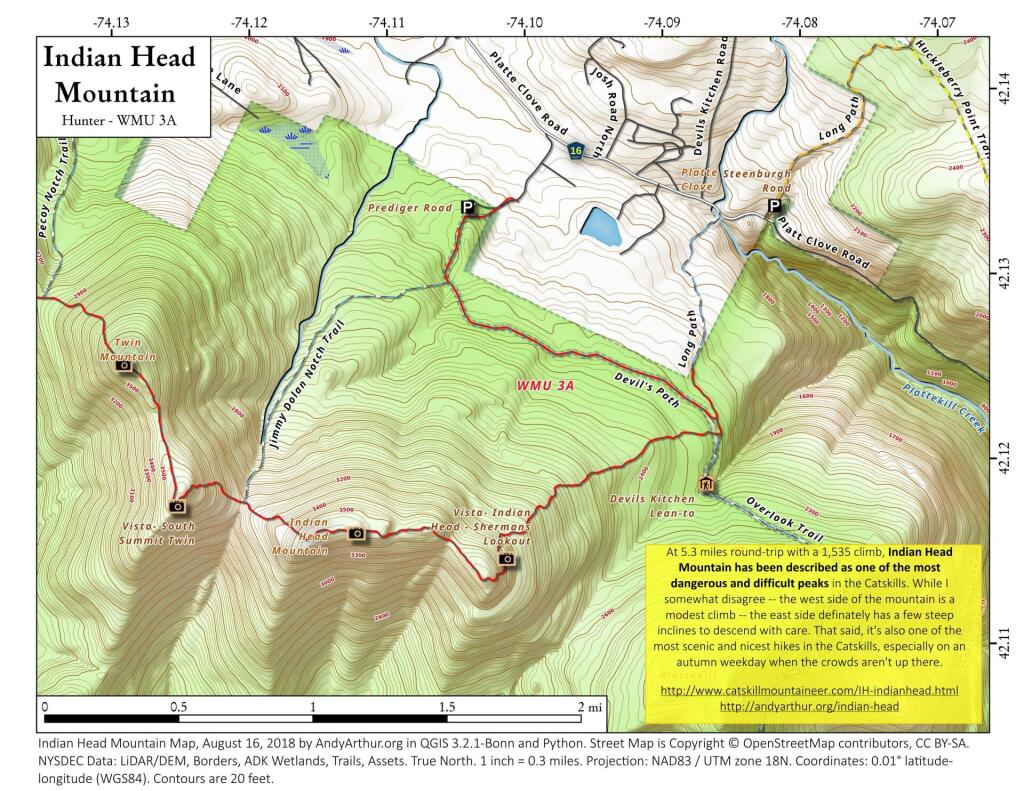Lately there have been a lot of discussion on why New York State is such a high tax state compared to others, and why our state gets relatively little back in funding compared to other states.
The common refrains are that New York is a liberal state, so we invest a lot more in human services, healthcare, welfare and education. That is true to a certain extent. But it’s also not totally true either. Red states actually have a lot better public services then many blue staters want to believe. Another common refrain is that New York is a wealthy state, so we aren’t eligible for nearly the same amount of transfer payments are poorer states. That is also true, although New York also has plenty of pockets of poverty — but we are also the financial capital of the world and home to our nation’s biggest city. Some say corruption is worse in New York then other states. I’m a bit skeptical on that point, I think there are more watch dogs on government then other states — being a such a big state with well funded newspapers. Are Albany politicians really going to pull a fast one over on the New York Times and New York Post at the same time?
But there is another truth that is often ignored. New York often rejects a lot of federal funding. While contemporary reasons for rejecting federal funding may be ideological in nature, the original reason our state rejected federal funding was we chose to be out in front of the federal government — on canals, on highways, on parks, on forests, etc. New York chose to build a lot of it’s infrastructure without federal funding, because we built before the funding was avaliable. Being out front is good, but sometimes it’s really costly to taxpayers.
The New York State Thruway is a prime example of this. Why do people pay tolls to drive on the Thruway, while most other highways are free in New York? Because in early 1950s, the legislature decided our state needed a superhighway. Rather then wait to see if federal funding would become avaliable to build the highway, we decided to do it on our own. A cost bourne 100% by New York taxpayers. While the Adirondack Northway recieved 90% of it’s funding from the federal gas tax, the Thruway recieved 0% of it’s funding from the federal gas tax.
Now could the state have removed the toll booths and recieved federal funding for the highway for maintaince? Possiblity but not likely. The federal interstate act did not allow for grandfathering in existing routes, although some free routes did get upgrades to interstate standards under the act. Rather then eliminate the tolls and seek federal funding for the Thruway, our state has chosen to pay fror it upkeep 100% from state funding, namely tolls but also general fund revenue. If we made it eligable for federal funding, New York would also have to pick up the difference between federal funding and state funding, and it’s not always easy to find extra funding in the gas tax.
We are in the same boat with many of our state’s bridges and tunnels. Could the state have waited a few years and got funding for free crossing over the Hudson River and the New York City metropolitian crossings? Probably yes, as most of the Western States have no tolls, even on their biggest Interstate Bridges. Our state certainly could have gotten 50% of the cost of building and maintaining back on the Hudson River crossings, and 90% in some cases. But we chose to build them before federal funding was avaliable. Now we are stuck with the clunky Bridge Authorities and Triborough Authority, which pays 100% of the bridge expenses through local tolls. Even if we eliminated the tolls, it”s not clear we cold get federal funding at this point. Nor is it clear if we would want to — by refusing federal funding — our state has the “freedom” to set whatever standards it wants on the bridges, including advertising and geometery. Federal highway standards don’t apply to non-federally funded roads.
The federal government maintains locks and canals on most rivers. Our state doesn’t get to take advantage of federal maintaince to our canals. We have the Erie Canal, which is entirely paid again by state taxpayers and those who traverse the canal. We talk about Clinton’s Ditch as being a great advance for our state. It certainly was at it’s time. But we could have had the federal government build it for us had we waited a few years — and put up with the federal government’s dicates. Certainly the Army Corp or Engineers maintains a lot of the nation’s canals. But not in New York. We chose once again to go it alone on our canal system.
One could have imagined that New York City could have gotten the federal government to finance their drinking water reserviors, had that waited a little while longer, and been willing to put up with creation of a federal public authority like the Tennessee Valley Authority. Maybe New York City’s drinking water reserviors would have not only produced clean water, but also greater recreational opporunities and more hydropower had the federal government, not the city built them. But no, our state had go out in front of the federal government — a cost picked up federal government in other states.
No state in America has as big of a state operated wild forest or wilderness as New York does. That’s not saying other states don’t have great public lands that are a mixature of managed forest and wilderness, operated by the federal government. The Adirondack Park is tiny compared to some of the National Forests and Bureau of Public Lands out west. Other states also have developed parks and recreation areas, but many of them are funded and directly operated by the federal government. But not New York, bar a few small historic battle sites, and the relatively small Finger Lakes National Forest. Why not? Our state got out ahead of federal funding and furthermore rejected federal operation of our Adirondack and Catskill Parks.
New York State certainly could have been home to the Adirondack National Forest or the Adirondack National Park. But no, our state rejected that idea off-hand. Vermont decided to protect it’s wild upcountry and mountains with the Green Mountain National Forest, but not New York. Our state once again got out ahead of the federal government, and rather then create a managed forest, we were stuck in the mid-1800s line of thought that all logging was bad and we could only preserve the land by banning all timber cutting for any purposes.
By rejecting creation of a Adirondack National Forest or National Park, our state once again passed up on billions of federal funding. Rather then have the federal government pay for maintaining roads, parking areas, campsites and trails in Adirondack, New York taxpayers are 100% on the hook. The Green Mountain National Forest in contrast has federally funded forest rangers, federally funded maps and recreational facilities, federally funded campgrounds and much more. Instead, our state has chosen to take up this cost because we wanted ideological control over the land — rather let distant Washington politicians decide how to maintain the lands.
There is somewhat a myth that red states have awful public services, while blue states have a much better government. While blue states like New York are often on the cutting edge, getting out on cutting edge before the federal government means New York residents pay dearly. Forgoing federal funds by getting a decade out ahead of other states might have some short term advantages, but it often means our state residents ends up paying for a lot of other things that federal government would have otherwise paid for in coming years.







